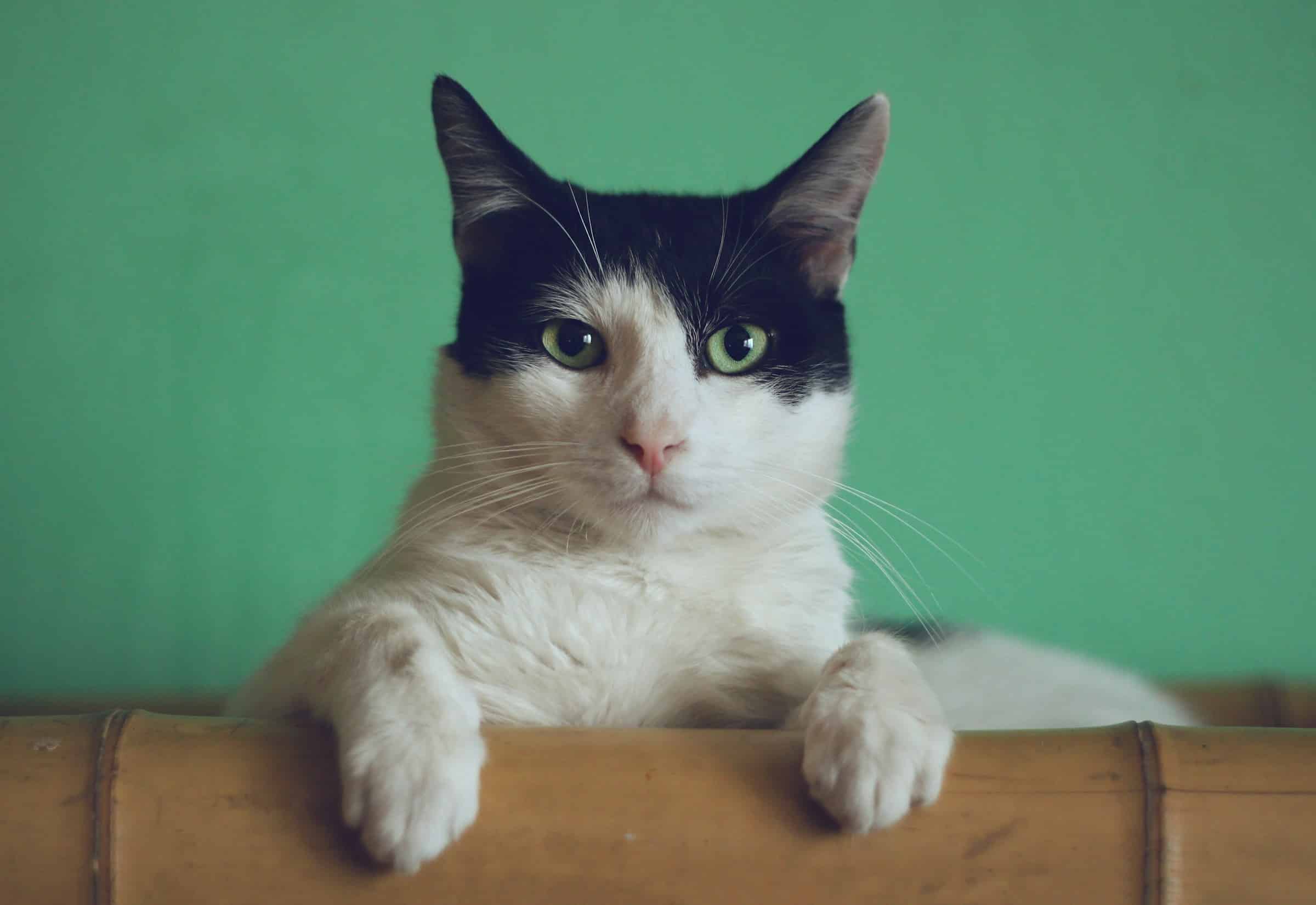How to Accurately Measure Your Cat’s Blood Glucose Levels at Home?

Pet owners often envisage their pets as a part of their family. They bestow upon them the same level of care, attention, and even medical check-ups that they would to any other family member. For those of you who have feline companions, understanding and monitoring their health is crucial, especially in case of chronic conditions like diabetes. This article will serve as your comprehensive guide to accurately measure your cat’s blood glucose levels at home, helping you keep a vigilant eye on your pet’s health.
Understanding Feline Diabetes
Feline diabetes is a common condition that affects many cats around the world. It occurs when your pet’s body either doesn’t produce enough insulin or cannot use it effectively. Insulin is a hormone that helps regulate the amount of sugar, or glucose, in the blood. When there is insufficient insulin, or it’s not functioning properly, glucose levels can rise, leading to diabetes.
Regular monitoring of your cat’s blood glucose levels can help manage this condition effectively. Traditionally, this was performed by a veterinarian, but with advancements in medical technology, it’s now possible to check these levels at home. This can provide a more accurate picture of your cat’s glucose levels throughout the day, helping to adjust the insulin dose more precisely.
The Importance of Monitoring Blood Glucose Levels at Home
Having the ability to monitor your cat’s blood glucose levels at home can be a game-changer for managing feline diabetes. Frequent trips to the veterinary clinic can be stressful for your pet, possibly leading to elevated glucose levels. Home monitoring allows a more relaxed setting for testing.
Moreover, home testing allows for more frequent checks. Higher frequency monitoring can often yield a better understanding of your cat’s insulin requirements, enabling more tailored treatment. It can also help detect dangerously high or low blood glucose levels, called hyperglycemia and hypoglycemia respectively, that may require immediate veterinary attention.
How to Check Your Cat’s Glucose Levels at Home?
For home glucose monitoring, you will need a glucose meter (also known as a glucometer), test strips, a lancet device (to prick your cat’s skin), and a logbook or an app to record the results.
The process of testing your cat’s glucose levels at home may feel intimidating at first, but with practice and patience, it can become a routine part of your cat’s diabetes management. Here’s a step-by-step guide:
- Cleaning and preparing: Clean your hands and the area of your cat where you’re going to collect the blood. The ear is a common site for testing as it has a good blood supply and is less sensitive to pain.
- Pricking: Use a lancet device to prick your cat’s ear gently.
- Collecting the sample: Squeeze a small drop of blood onto the test strip.
- Reading the results: Insert the test strip into the glucose meter. It will give a reading of your cat’s blood glucose level within seconds.
- Recording the results: Note down the result in your logbook or app, along with the date and time of the test.
The Role of Your Veterinarian in Home Monitoring
Even though home monitoring of blood glucose levels in cats has become more accessible, the role of your veterinarian remains crucial. They can guide you on how to use the glucose meter correctly, interpret the results accurately, and adjust your cat’s insulin dose appropriately.
Your veterinarian can also help you recognize signs of hypo- and hyperglycemia in your cat and advise on what actions to take in these situations. Regular vet visits are still necessary to monitor your cat’s overall health and to check for any complications related to diabetes.
Advanced Home Monitoring: Glucose Sensor Systems
New technology has brought an even more convenient way to monitor your cat’s blood glucose levels – glucose sensor systems. These systems employ a small sensor, placed under your cat’s skin, that measures glucose levels continuously. You can read the data using a dedicated reader or a compatible smartphone.
Glucose sensor systems provide real-time insights into your cat’s glucose levels, making it easier to detect trends and patterns. They can be particularly useful for cats with unstable diabetes or those who are difficult to handle during conventional blood glucose monitoring.
Remember, while blood glucose monitoring at home is an essential part of managing your cat’s diabetes, it’s not a substitute for regular veterinary care. Always consult your pet’s veterinarian for guidance and advice on managing feline diabetes effectively.
Understanding Glucose Curves in Feline Diabetes Management
When managing feline diabetes, you may hear the term "glucose curves." This is an essential piece of information that helps your veterinarian devise the most effective treatment plan for your cat. It gives a graphical presentation of how your cat’s blood glucose levels fluctuate throughout the day.
In the simplest terms, a glucose curve represents a series of blood glucose measurements taken over a period of time, usually 12 to 24 hours. It assists in determining your pet’s insulin requirements and assessing how well the current insulin dose is controlling their blood sugar.
To create a glucose curve, you will need to measure your cat’s blood glucose levels at regular intervals throughout the day, typically every 2 hours. The readings are then plotted on a graph, with time on the x-axis and glucose levels on the y-axis.
The shape of the glucose curve can reveal a lot about your cat’s diabetes control. For instance, a flat curve with minimal fluctuations suggests good control, whereas a curve with high peaks and low valleys signifies poor control and the need for adjusting the insulin dose.
Keep in mind, the glucose curve should never be used in isolation to make treatment decisions. It’s one of many tools used by your veterinarian in conjunction with clinical signs, fructosamine levels, and your cat’s overall condition to manage diabetes mellitus effectively.
Troubleshooting Common Issues in Home Glucose Monitoring
Home glucose monitoring of your cat’s blood sugar levels can occasionally present some challenges. Here are a few common issues you might face and how to troubleshoot them:
- Difficulty Collecting a Blood Sample: If you’re finding it hard to collect a blood sample from your cat, try warming your pet’s ear with a warm cloth beforehand. This helps to increase blood flow and makes the collection process easier.
- Unreliable Readings: If your glucose meter is giving inconsistent readings, check the expiry date of your test strips. Expired or improperly stored strips can result in inaccurate results.
- Stress-Induced Hyperglycemia: If your cat becomes stressed during the testing process, it can lead to temporarily high blood glucose levels, a condition called stress-induced hyperglycemia. Try to make the testing process as stress-free as possible with treats, praise, and a calm environment.
Remember, you’re not alone in this journey. Your veterinarian is an invaluable resource for advice and guidance. They can help you become more comfortable with the process and can troubleshoot any problems you may encounter.
Conclusion: Embracing Home Monitoring for Optimal Feline Health
In conclusion, home monitoring of your cat’s blood glucose levels is a powerful tool in the management of feline diabetes. It allows for more frequent checks, provides a more accurate picture of your cat’s blood sugar control, and can lead to a more tailored treatment plan for your pet.
While the process might seem daunting at first, with patience and practice, it can become a routine part of your feline friend’s healthcare regimen. Being able to accurately measure your cat’s glucose levels at home can contribute significantly to their quality of life, helping them lead a happier, healthier life with diabetes.
Remember, while home glucose monitoring is essential, it’s not a substitute for regular veterinary care. Regular vet visits are crucial to monitor your cat’s overall health and to check for any complications related to diabetes. Your vet can also guide you on how to interpret the results accurately, adjust the insulin dose when needed, and recognize clinical signs of hypo- and hyperglycemia.
Embrace home monitoring as an additional step in your commitment to your cat’s health. By working closely with your vet and making use of continuous glucose monitoring technology, you can help your cat live a long and happy life, even with diabetes mellitus.
